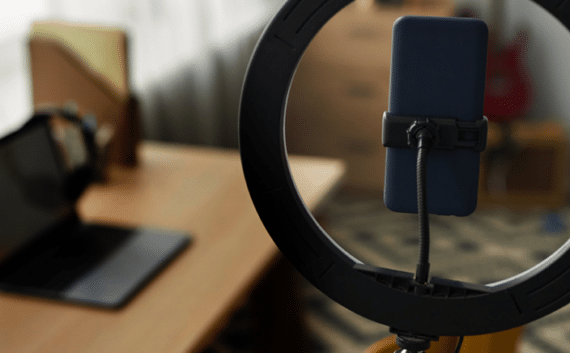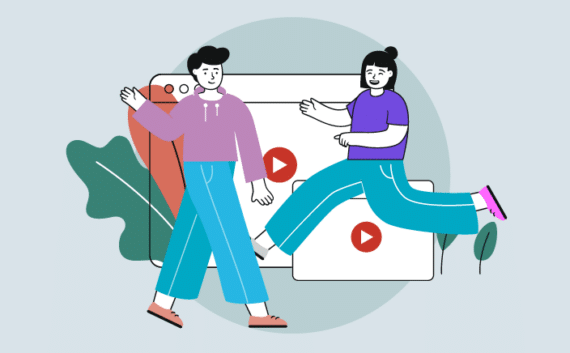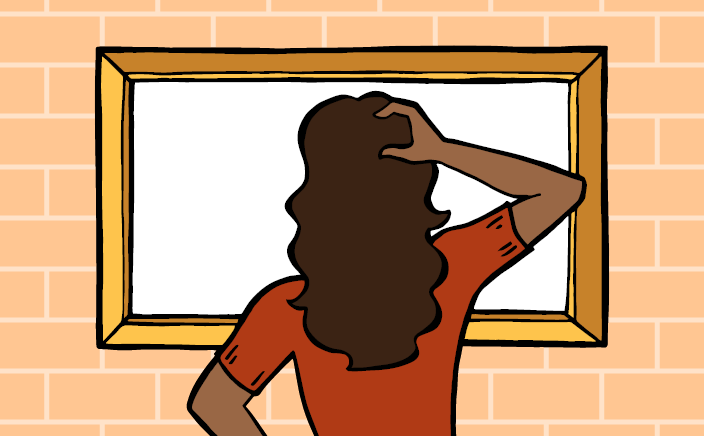
Your website can make or break the perception of your brand, so how you manage your imagery is critical.
Images can engage, build trust, explain and direct attention. Unfortunately, they can also distract, confuse or bore your customers. The key to solving your image problem is to first understand your brand properly (why you exist and why your customers need you), then decide what you want your imagery to do. In every communication, images will tend to fall into two broad categories:
- Decorative/evocative (images that enhance, add interest or induce a feeling)
- Illustrative/informative (images that explain or show you something)
While both photography and illustration can achieve either, sometimes one might provide a better result than the other. Here’s why.
Ready?…DRAW! (using illustration)
Your brand
Not only does illustration add a custom quality to your website, it can also be used to express your brand’s personality, message and values. With so many websites relying on photography, using illustration instead could set your brand apart from competitors and create a memorable and lasting impression.
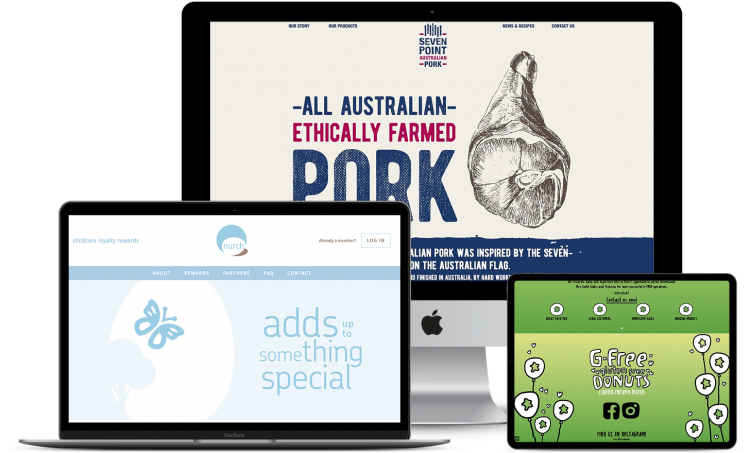
Category: Decorative/evocative
Your stories
Your website is an opportunity to take your audience on a journey and let them feel connected to your brand. Capture their imagination by adding illustration to your content and allow ‘room’ for your audience to insert themselves into your stories.
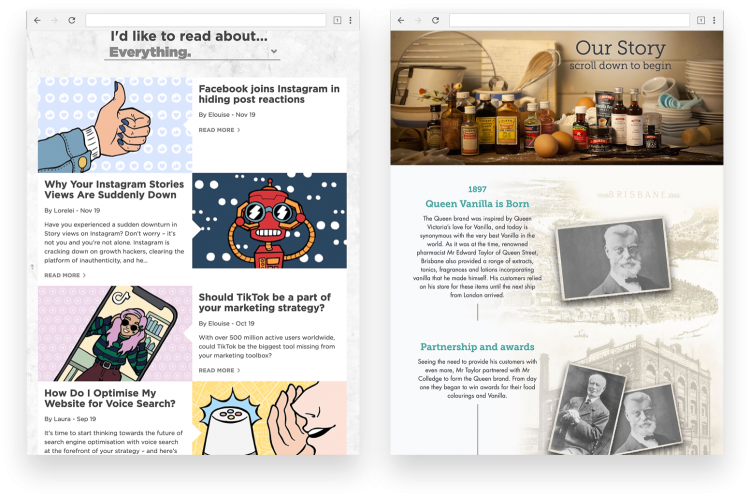
Category: Decorative/evocative
Your information
An image is worth a thousand words, sometimes more, and while we want to believe that people are reading every word on our website, the reality is that they are scanning, skimming and skipping across the page. Help your audience find and absorb important information faster by literally illustrating the point. Infographics are engaging and informative (win!) and give the impression that there’s less to read.
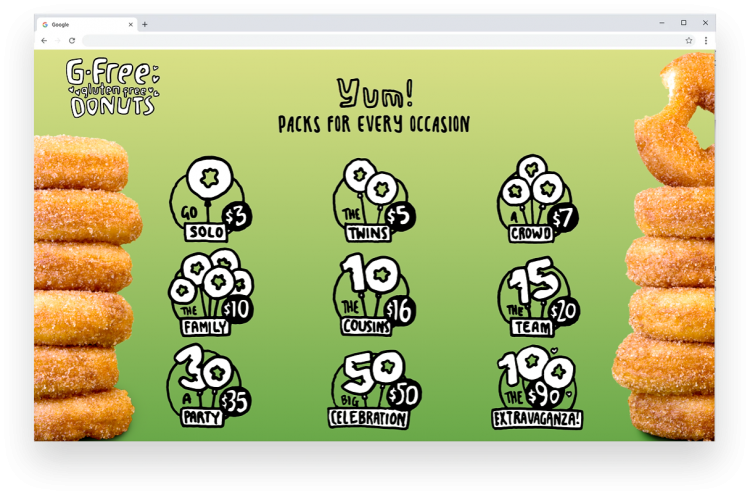
Category: Illustrative/informative
Selling your intangible product
When it comes to selling services or software, particularly if it’s complex or new-to-industry, photography can fall short of explaining what it is you offer. A photo of a smiling person holding an iPad does not provide any helpful information about your software (other than maybe it appears to work). If your audience doesn’t understand what you’re selling, you can’t expect them to buy into it.
Illustration can help your customers visualise what you’re selling, how it works and how it benefits them, making your brand appear more authoritative, helpful and trustworthy.
Category: Illustrative/informative
Your decor
Drawing upon brand colours and style, incorporate little illustrations into your site to help guide the user, help create a mood to associate with your brand, or simply add interest to your page. Be careful not to go overboard – you don’t want to look cluttered or distract from your content.
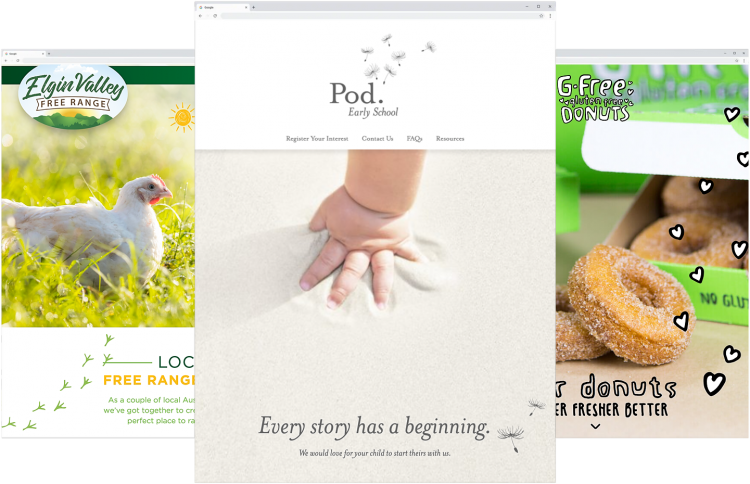
Category: Decorative/evocative
Ok. Shoot! (using photography)
Your visual truth
Sometimes there’s no substitute for the real thing and the best way to give context to your website is through photography. Large background photos in particular are impactful, they provide something real to associate with your brand, and they help establish authenticity, trust and credibility.
Handy tips:
– Use photos with appropriate lighting to avoid looking tacky or unprofessional
– Ensure any accompanying text works around the photo to avoid poor readability
– Use stock photography wisely…it can sometimes feel inauthentic and create distrust
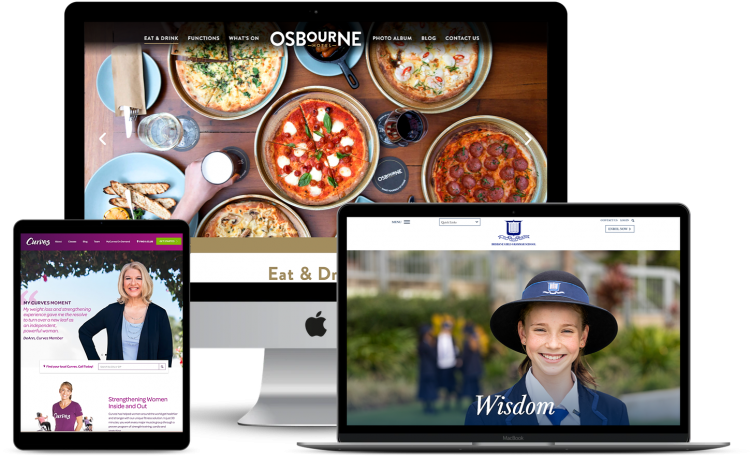
Category: Decorative/evocative
Add a little texture
Who said your photos have to feature a subject? Photography can be used simply for texture, bringing subtler interest without distracting from your content.
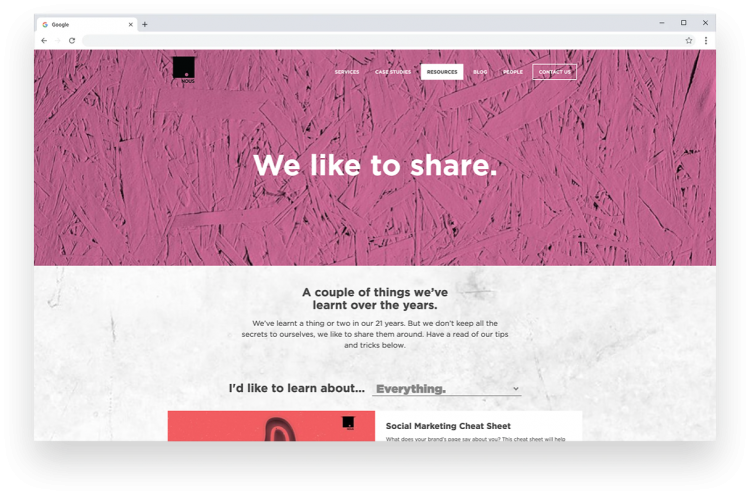
Category: Decorative/evocative
Or point the way…
Clickable photos provide a cleaner, more focussed user experience by highlighting the main topics or products upfront and gives the user the freedom to navigate your website for more information as it suits them.
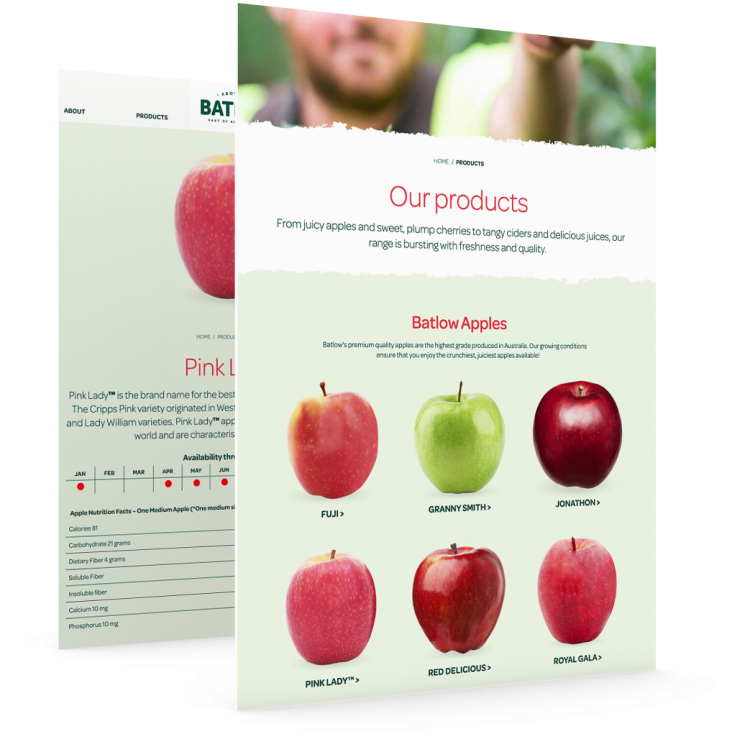
Category: Illustrative/informative
Buy with confidence
This is one example where photography is the obvious choice. When it comes to featuring products (and sometimes services) online, honesty and transparency is key. Use high quality photographs that show the product in situation, in action or just in the best light. Where possible, include a zoom or photo enlargement function to allow for closer inspection. Customers must be given a clear image that shows exactly what they’re buying into.
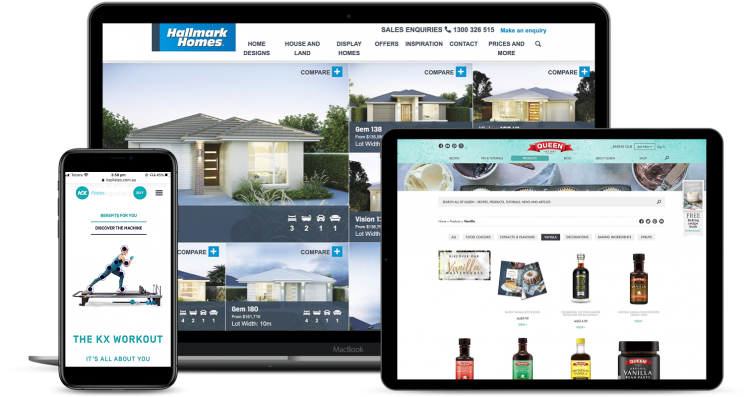
Category: Illustrative/informative
Is there a verdict here?
Nope. Understanding the right direction for your website’s imagery stems from knowing your brand inside and out. Who are you? Why do you exist? Who are your customers? How do you want them to perceive your brand?
Having a strong brand foundation and framework in place will guide your visual direction and communication style.
NOUS has designed and launched hundreds of websites from simple brochure website designs to powerful e-commerce systems – but all of that comes from understanding the brand first.
If you need anything from brand development to a website, NOUS is here to help you every step of the way. Get in touch by calling us on 07 3003 0722 or email us at [email protected]
All website examples used throughout this blog were designed and developed by NOUS.



